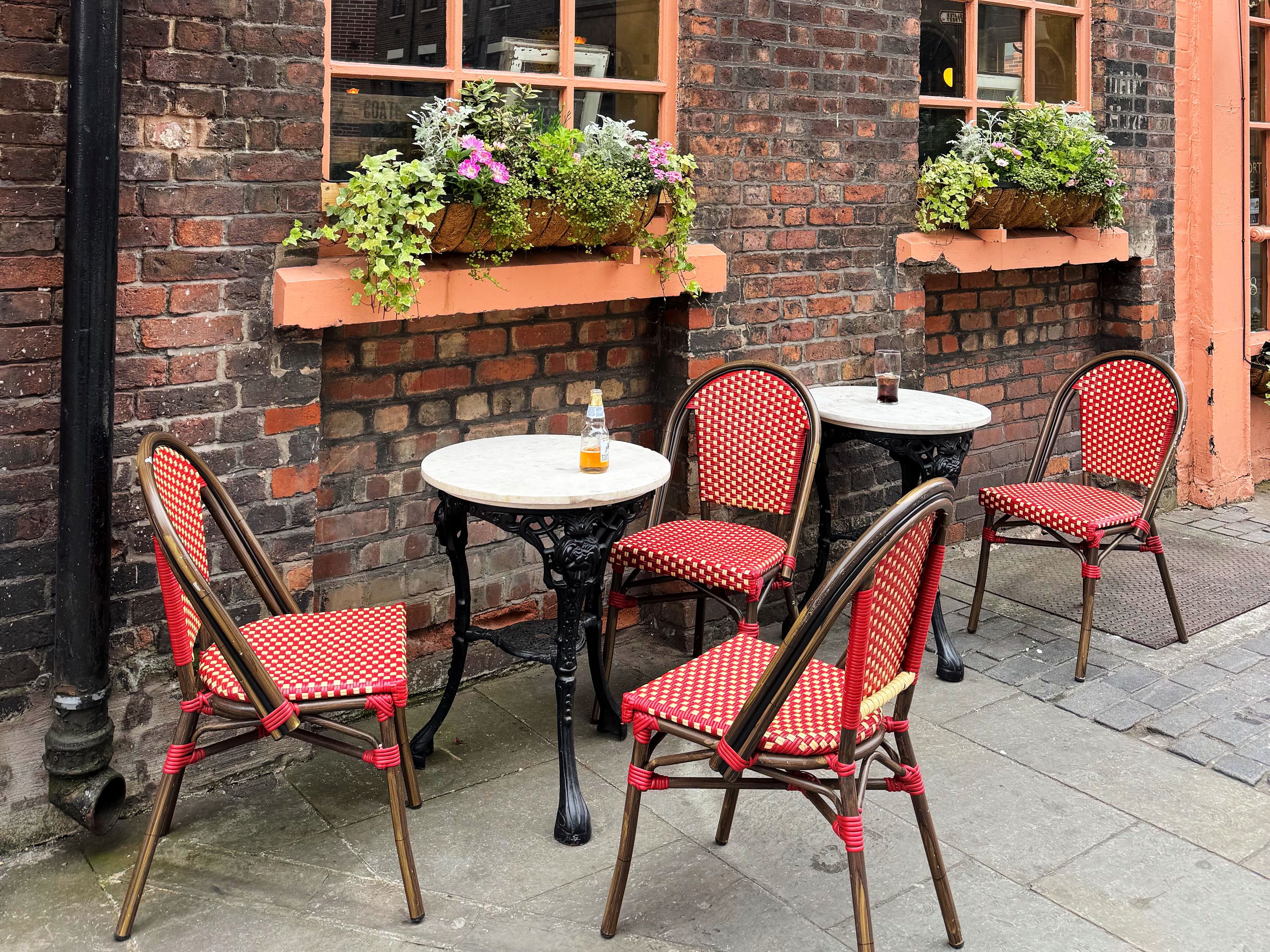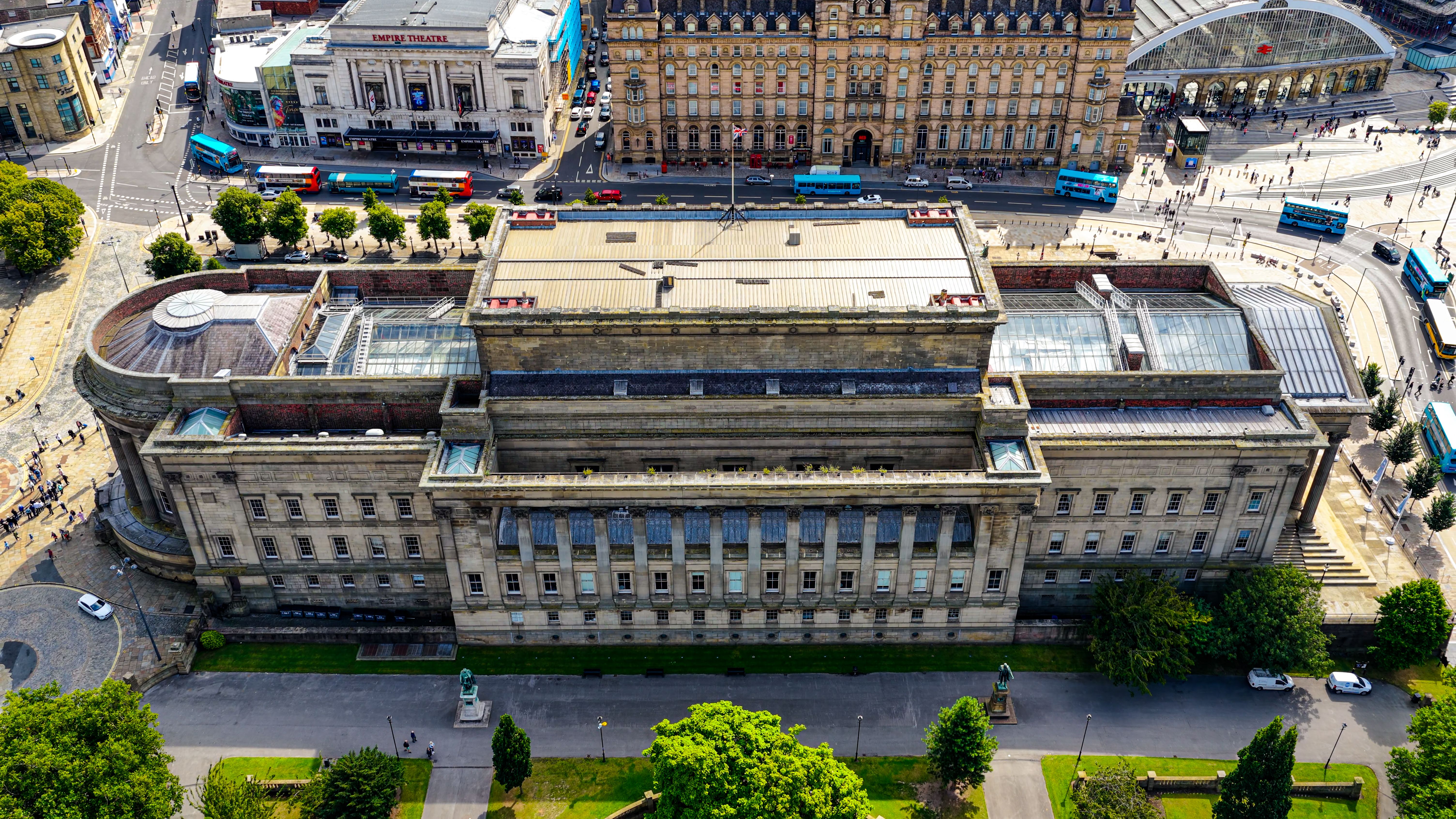Liverpool's Transformation: Lessons in Resilience
The Historical Context
Liverpool, a city synonymous with maritime heritage and cultural vibrancy, has undergone a remarkable transformation over the past few decades. Historically known for its bustling port and industrial prowess, Liverpool faced significant economic challenges in the latter half of the 20th century. These challenges sparked a journey of resilience and regeneration that offers valuable lessons for cities worldwide.

The Decline and Its Impacts
During the 1970s and 1980s, Liverpool experienced severe economic decline. The closure of docks and industries led to widespread unemployment and social unrest. The city that had thrived on international trade and commerce found itself grappling with poverty and a deteriorating urban landscape.
Yet, amid these hardships, Liverpool's spirit of resilience began to shine. Community groups, local leaders, and businesses joined forces to initiate change. This collaboration laid the foundation for the city's eventual revival, highlighting the importance of community engagement in urban transformation.
Regeneration and Investment
The 1990s marked the beginning of a new chapter for Liverpool. Strategic investments in infrastructure and culture played a pivotal role in its revival. The city capitalised on its rich history and vibrant arts scene, attracting tourism and new businesses. The designation of Liverpool as the European Capital of Culture in 2008 was a turning point, bringing global attention and significant economic benefits.

Key projects, such as the development of the Liverpool ONE shopping complex and the revitalisation of the waterfront, have transformed the city's landscape. These initiatives not only boosted the local economy but also enhanced Liverpool's image as a modern, dynamic city.
Lessons in Resilience
Liverpool's transformation offers several lessons in resilience and urban regeneration:
Community Engagement: Involving local communities in decision-making processes ensures that redevelopment efforts meet the needs of residents.
Diversification: Moving beyond traditional industries to embrace new sectors, such as tourism and creative industries, can drive sustainable growth.
Cultural Investment: Leveraging cultural assets can attract investment and foster a sense of pride and identity.

The Role of Education and Innovation
The focus on education and innovation has been crucial in Liverpool's ongoing transformation. By investing in educational institutions and fostering a culture of innovation, the city has positioned itself as a hub for knowledge and creativity, and of course Life Coaching! This approach not only prepares the workforce for future challenges but also attracts talent and investment.
Collaborations between universities, businesses, and government entities have led to the creation of innovation districts and research centers, further enhancing Liverpool's economic prospects.
A Bright Future Ahead
As Liverpool continues to evolve, its journey serves as an inspiring example of resilience and adaptability. The city's ability to reinvent itself while honoring its rich heritage demonstrates that with strategic planning and community involvement, even the most challenging circumstances can be overcome.
Liverpool's transformation is far from over, and its story continues to unfold. As it embraces new opportunities and navigates future challenges, the lessons learned from its past will undoubtedly guide its path to a prosperous future.